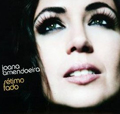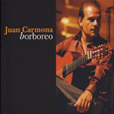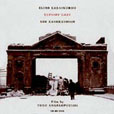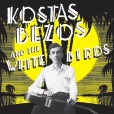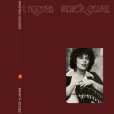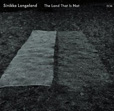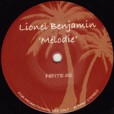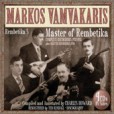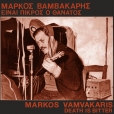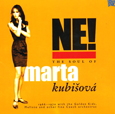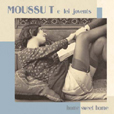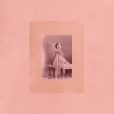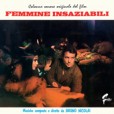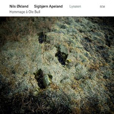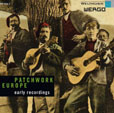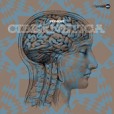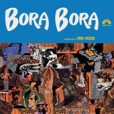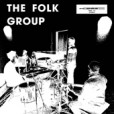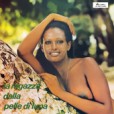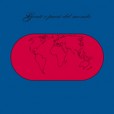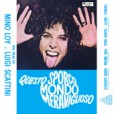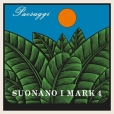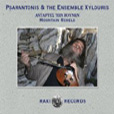Your basket is empty

Music written for Angelopoulos’ film, featuring the viola of Kim Kashkashian, alongside oboe, accordion, voice, trumpet, french horn and cello.
The unlikely Hawaiian-influenced Xabagies music of 1930s Greece: surrealist guitar portraits blurring Athens and Honolulu, haunting tropical serenades, wild acoustic orchestras, and heartbreaking steel guitar duets. With a 28-page booklet.
The Celtic harpist leading a dozen friends — guitar, piano, violins, flutes, zarb, zither — in spell-binding departures from Breton folk-song, originally released in 1976 but fresh and strange as a vermillion hydrangea in full bloom.
Noguès was to collaborate with Rabih Abou-Khalil, amongst others, but ‘we are reminded here of the Meredith Monk of Greensleeves, there the early albums of Brigitte Fontaine / Areski, elsewhere Emmanuelle Parrenin, Pascal Comelade… Noguès’ poetry is ever-changing: airy (Hunvre), cosmopolitan (Pinvidik Eo Va C’hemener), enigmatic (Ar Bugel Koar), profound (Ar Gemenerez), enchanting (Hirness An Devezhiou). And then there is Marc’h Gouez itself, between nursery rhyme and chamber music, weaving a fabulous, transfixing web. “Brittany equals poetry,” said André… Breton; and Kristen Noguès proves it to be true.’
Lovely stuff; dream-like, captivating; quite different. Check it out.
‘Heady, raw, druggy songs of love, dread, hardship, and yearning, recorded in Athens between 1932 and 1936, when Markos was already a master of the bouzouki. His forceful, clean playing compliments his hoarse voice and his stunning rhythmic sensibility, the result of his years as a champion zebekiko dancer. Tracks build and spiral outward, his open-note drones and melodic lines drawing calls of ecstasy and encouragement from his fellow musicians. These recordings mark the height of rebetika, the brief period between the music’s emergence on the recording scene in the early 1930s and government censorship of all lyrics starting in 1936. During the Axis occupation there was no rebetika recording, and though Markos had some hits in the years after the war, he never again attained this level. These are the dizzying, entrancing, and heaviest works of one of the great artists of the 20th century.’
‘From the Czech Supraphon archives, this 1966–1970 selection focuses on her roughest songs, with plenty of fuzz guitars and funky beats, punchy horns and razor-sharp organs underlying her deep and soulful voice.’
Violin or hardanger fiddle, piano or harmonium duets: moody, contemplative, melodic crossings of Norwegian folk and classical in the manner of its nineteenth century muse. Recommended.
Marvellous stuff from all over Europe, 1911 to 1954. Finnish violin, English barnstorming, Sardinian triple-bagpipes, klezmer accordion from Belarus, Romanian clarinet, Ukrainian violin, for starters.
Tremendous, wild and highly charged music from Crete, completely compelling across a range of moods and styles, with brilliant lyra playing by the leader.
